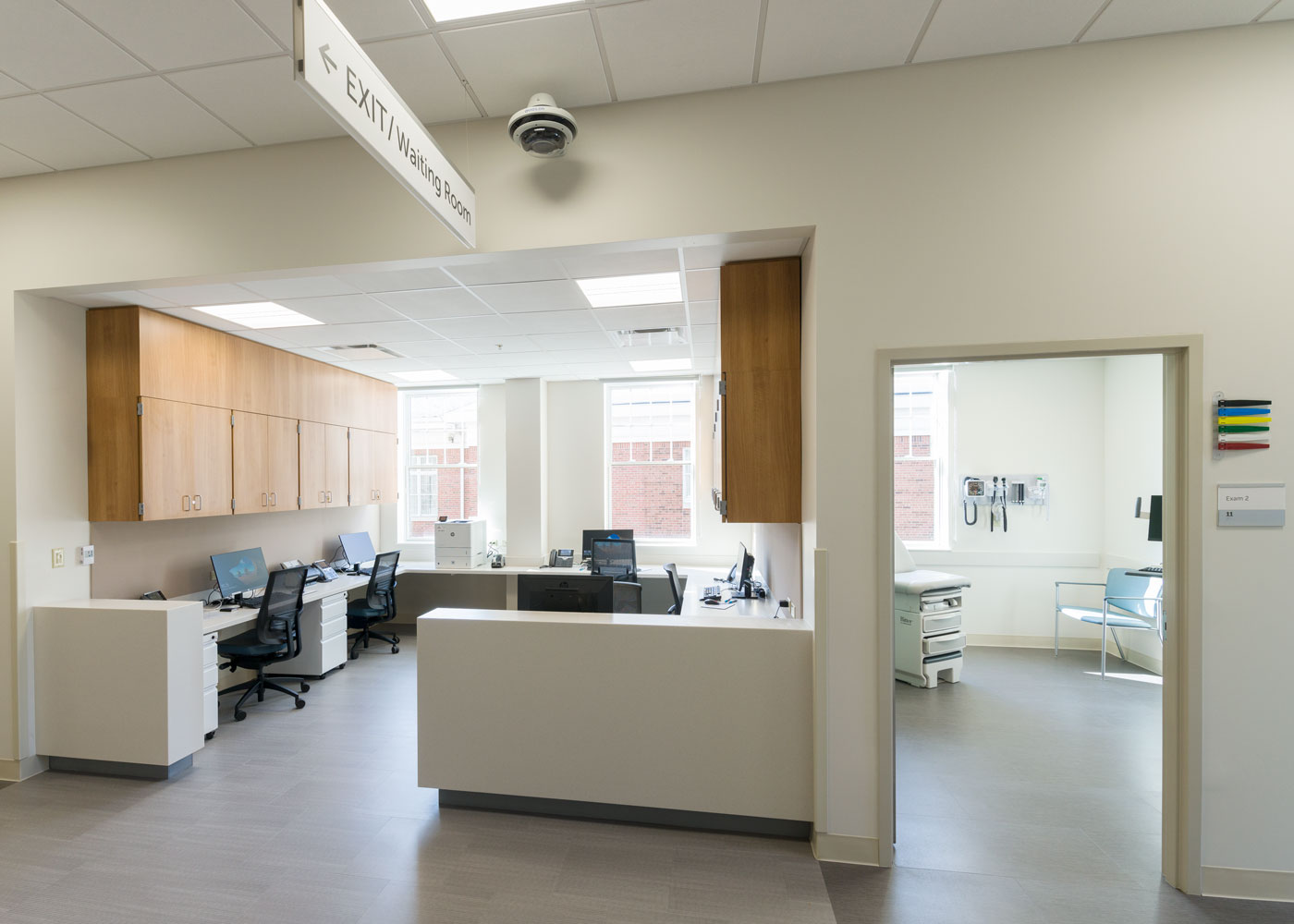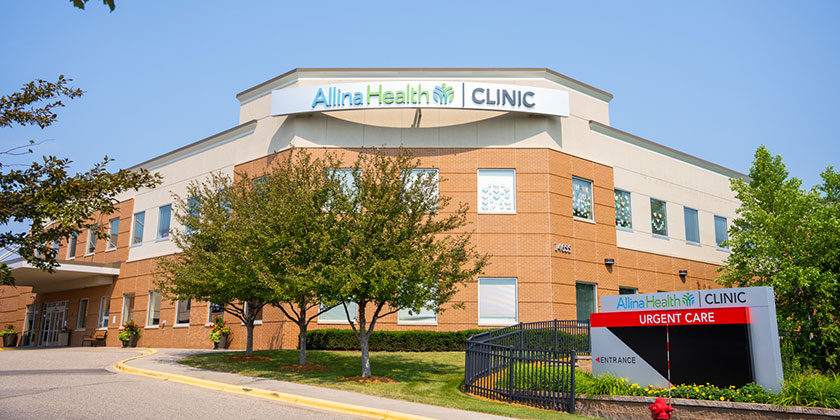The Significance of Urgent Care Centers in Linking the Gap In Between Main Treatment and Emergency Situation Solutions
Immediate treatment facilities have actually become an essential part of the medical care landscape, efficiently dealing with the critical requirement for prompt medical attention without turning to emergency situation services. By supplying take care of non-life-threatening problems, these facilities help to relieve the burden on emergency clinic and enhance person access to timely treatment. Their expanded hours and diverse services deal with an expanding population seeking options to traditional medical care. The advancing duty of immediate care facilities elevates important concerns about their integration within the wider health care system and the ramifications for individual outcomes and source allotment.
Overview of Urgent Care Centers
Immediate treatment centers have actually come to be a vital part of the health care shipment system, giving obtainable medical solutions for non-life-threatening conditions. These facilities typically operate outside common workplace hours, offering patients a choice to emergency areas and primary care settings. Clients seeking urgent treatment frequently existing with issues such as small injuries, infections, or ailments that need timely attention yet do not posture a prompt danger to life or limb.
Immediate care facilities are staffed by an array of healthcare specialists, consisting of doctors, nurse practitioners, and medical professional assistants, that are geared up to detect and treat various medical issues. They typically include diagnostic tools such as X-ray machines and lab services, enabling them to offer extensive care on-site.
The facility of urgent care centers has actually been affected by the raising demand for timely clinical solutions in a fast-paced society, where clients might struggle to secure visits with primary care service providers. Because of this, these facilities intend to relieve congestion in emergency divisions, improving total medical care effectiveness. Additionally, immediate care facilities commonly act as a bridge in between medical care and emergency solutions, ensuring that patients get appropriate care tailored to their specific medical requirements.

Advantages of Urgent Treatment Solutions
Accessing timely treatment is a considerable benefit of immediate care services. These centers supply prompt focus for non-life-threatening conditions, properly lowering delay times compared to standard emergency departments. Individuals looking for take care of small injuries, illnesses, or urgent wellness problems can acquire therapy without the long hold-ups often related to healthcare facility sees.
One more secret benefit is the extensive hours of procedure. Numerous urgent treatment facilities are open nights and weekend breaks, suiting patients that may not be able to see their health care provider during standard office hours. This flexibility makes urgent care an accessible alternative for those with active timetables or abrupt health problems.
In addition, urgent care centers frequently use a vast array of services, including diagnostic testing, X-rays, and basic lab solutions. This detailed technique enables quick diagnosis and therapy, boosting client fulfillment.
Additionally, immediate treatment facilities are normally more economical than emergency clinic, making them an appealing alternative for people without insurance coverage or those with high-deductible plans. In general, urgent treatment services play an essential duty in supplying accessible, timely, and budget-friendly medical treatment.
Contrast With Health Care
Typically, patients commonly weigh their choices in between urgent treatment facilities and medical care providers when looking for medical attention. Both serve essential roles in the healthcare system, yet they differ dramatically in scope, availability, and price.
Primary care providers are generally the initial factor of get in touch with for people, concentrating on long-lasting wellness administration, preventative care, and chronic disease monitoring. They use continuity of care, fostering a patient-provider partnership that enables for detailed health and wellness analyses and customized treatment here plans. However, arranging a consultation can be lengthy, commonly requiring days or weeks beforehand.
In comparison, immediate care centers supply prompt take care of non-life-threatening problems that call for prompt focus, such as minor injuries or infections. These facilities frequently operate beyond typical workplace hours, fitting individuals that might not be able to visit their medical care provider throughout normal service times. In addition, immediate treatment is generally more cost-efficient than emergency clinic visits, making it an enticing choice for those with limited medical care gain access to.
Eventually, while urgent treatment centers and main treatment service providers both add to individual wellness, they accommodate distinct needs, making it critical for clients to figure out which choice best straightens with their circumstances.
Emergency Providers Communication
The interaction between urgent care facilities and emergency situation services is a crucial element of the medical care landscape, particularly when individuals face circumstances that may intensify in seriousness. Immediate treatment facilities work as a bridge between medical care and emergency situation departments, resolving non-life-threatening conditions that call for immediate interest. This cooperation enhances individual outcomes and enhances resource allocation within the healthcare system.
When people present with urgent yet not dangerous concerns, immediate care centers can effectively handle their demands, easing congestion in emergency rooms. When an individual's problem goes beyond the extent of immediate care therapy, Facilities furnished with diagnostic abilities can help with prompt references to emergency situation solutions. This seamless interaction assists guarantee that patients receive the appropriate visit this site right here level of care without unneeded hold-ups.
In addition, efficient interaction between immediate care carriers and emergency situation solutions is vital. Sharing client info and treatment backgrounds cultivates collaborated care, minimizing the risk of repetitive examinations and treatments. As health care continues to advance, the dynamic connection between immediate treatment facilities and emergency services will certainly play a pivotal duty in improving patient treatment effectiveness, fulfillment, and total health and wellness results within the neighborhood.
Future of Urgent Care Facilities
As medical care demands progress, the future of immediate care centers is poised to come to be increasingly essential to the general medical ecosystem (Urgent Care). These facilities are most likely to increase their roles by including innovative innovations, such as telemedicine, man-made intelligence, and digital health and wellness record integration. This will enhance person accessibility and improve treatment sychronisation in between immediate care, health care, and emergency situation services
Furthermore, immediate treatment facilities are anticipated to diversify their solution offerings to consist of preventive treatment and chronic illness monitoring. This shift will position them as vital elements in handling population health, minimizing the burden on emergency divisions, and resolving spaces in key treatment schedule.
The growing fad of value-based treatment will additionally accelerate the transformation of urgent care facilities, motivating them to concentrate on client end results and fulfillment. Facilities may additionally take on collective technique designs, functioning closely with experts and health care service providers to ensure detailed client monitoring.
Final Thought
To conclude, immediate care centers serve a crucial feature in the medical care system by offering prompt accessibility to therapy for non-life-threatening problems, efficiently easing stress on emergency situation services. Their expanded hours and varied variety of services improve client comfort and satisfaction, while also guaranteeing appropriate care delivery. As medical care requires continue to advance, the function of immediate care centers will likely become progressively considerable, additional bridging the void between medical care and emergency services.
The establishment of immediate treatment facilities has been influenced by the increasing demand for timely clinical solutions in a fast-paced society, where clients may battle to safeguard appointments with key care carriers. Additionally, immediate treatment facilities often offer as a bridge in between main care and emergency situation solutions, making sure that clients receive ideal care customized to their particular medical demands.
Numerous immediate treatment centers are open evenings and weekend breaks, suiting individuals that may not be able to visit their key care provider throughout basic office hours (Urgent Care). As health care proceeds to advance, have a peek at these guys the dynamic relationship in between immediate care facilities and emergency situation services will certainly play an essential duty in boosting client care performance, satisfaction, and overall health results within the neighborhood
